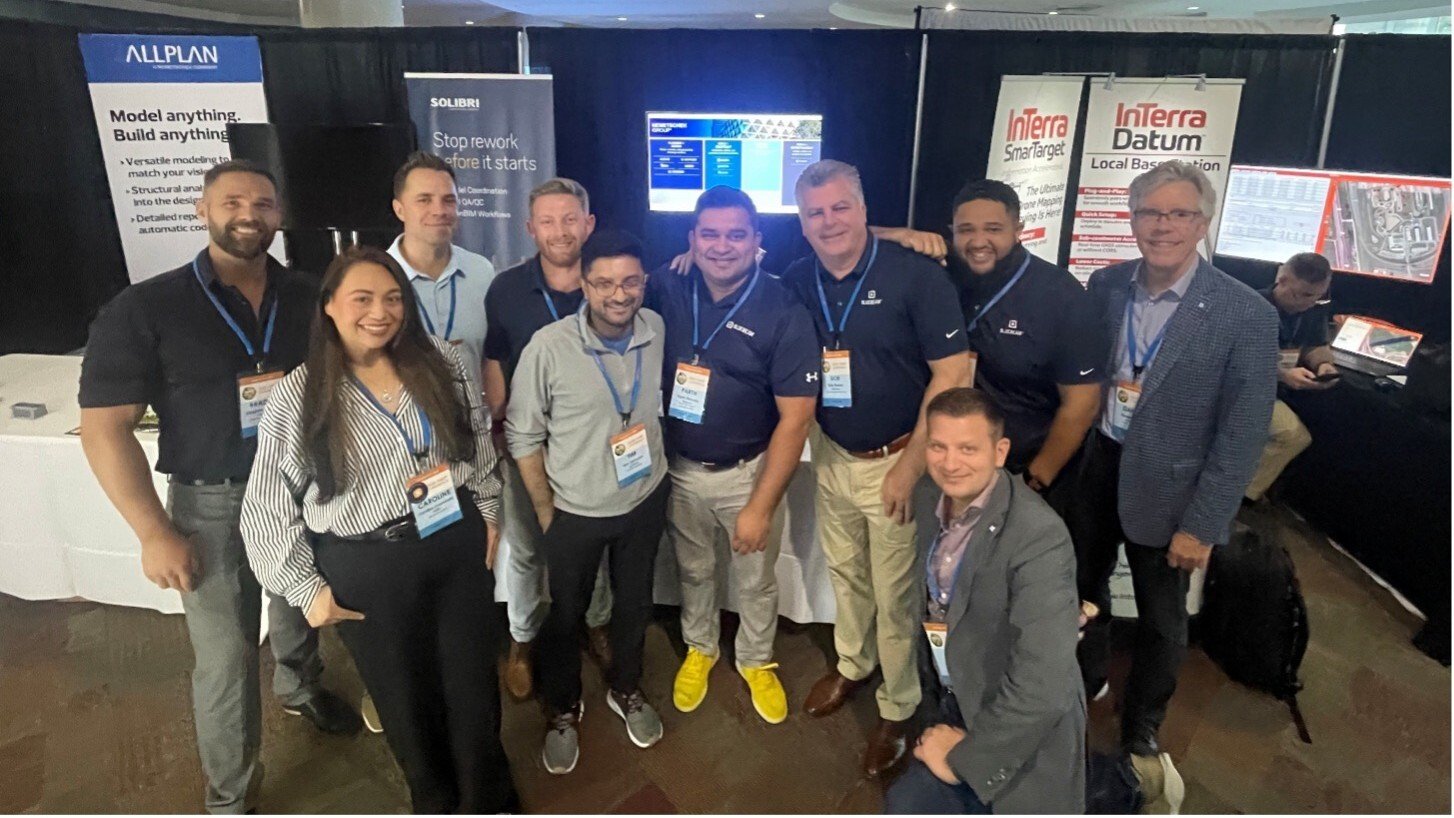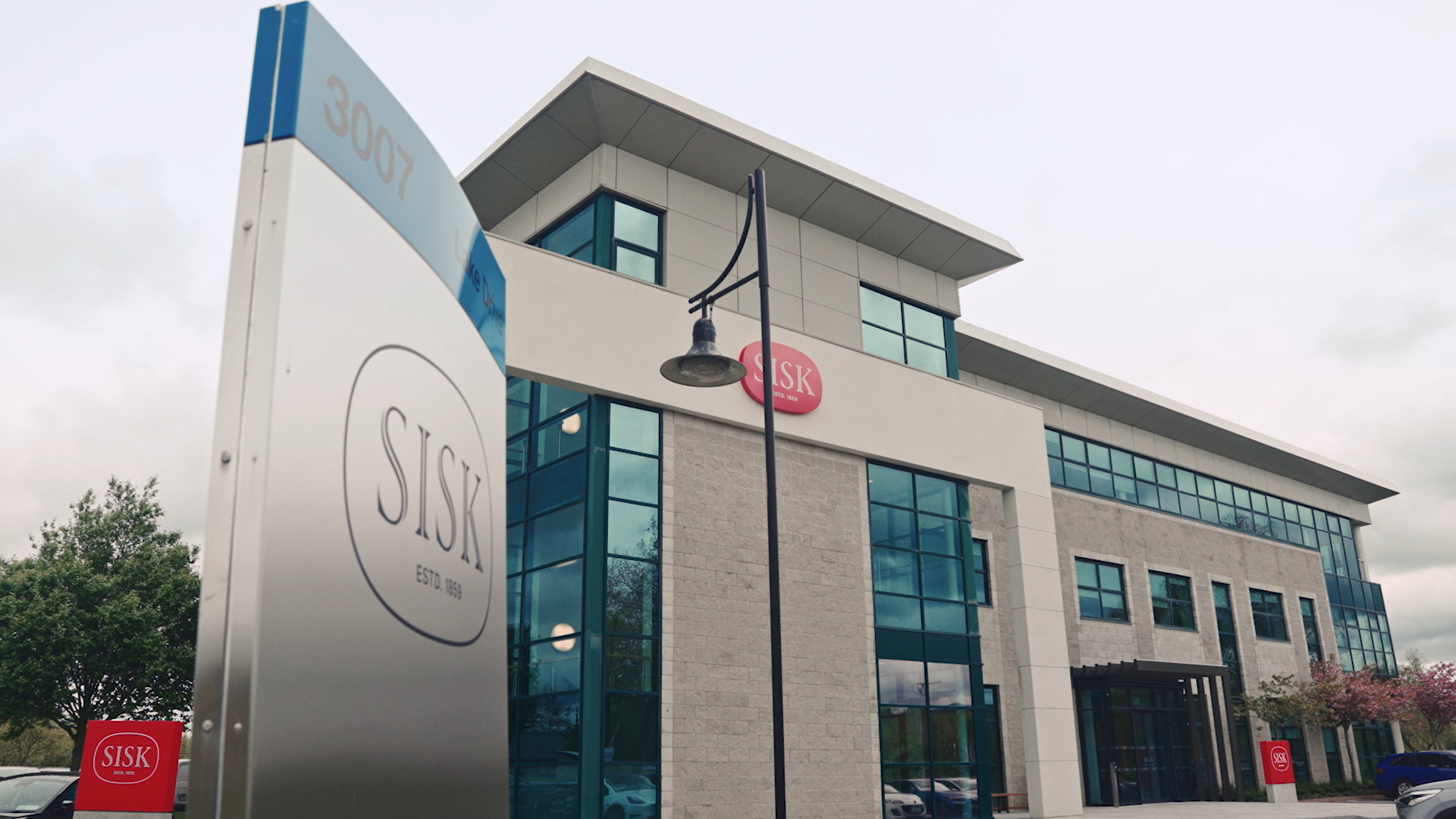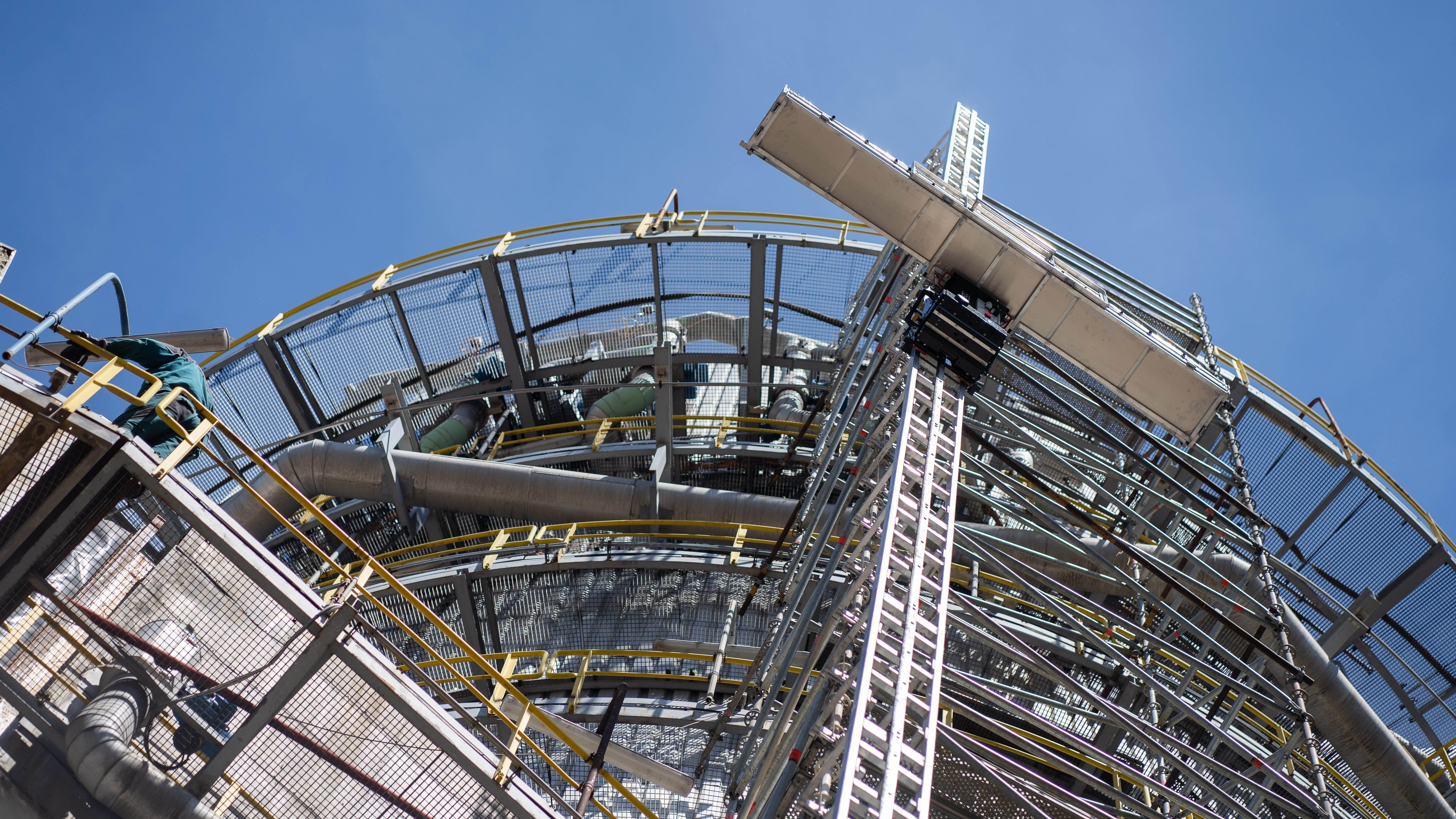The Top 7 Trends for the AEC/O Industry in 2023
Today, digital solutions are being adopted throughout the construction value chain by many stakeholders. This is the start of a major shift in the AEC/O industry, as data is being utilized in new and innovative ways.
Author
Nemetschek Group
This article belongs to the collection Digital Twin
To the topic pageThe architecture, engineering, construction, and operation (AEC/O) industry has undergone significant changes in recent years, with the digital transformation being making good progress. Today, digital solutions are being adopted throughout the construction value chain by many stakeholders. This is the start of a major shift in the AEC/O industry, as data is being utilized in new and innovative ways. In 2023, technology is expected to play an even greater role in the design and construction process, with several major developments shaping the industry landscape.
Advanced Digital Twins
The use of digital twins is becoming increasingly commonplace in the AEC/O industry. By utilizing a digital twin, project teams can adopt a fully digital approach, resulting in enhanced collaboration and efficiency. This enables significant cost savings, improved project management, and more favorable outcomes for all project stakeholders by centralizing all building data in one place. With an ever-increasing focus on providing more sustainable and cost-effective buildings and infrastructure, it is clear that digital twins have an important role to play in reducing waste, errors, risk, energy consumption, and more.
This year, we expect to see more integration of digital twins with Building Information Modeling (BIM) software, enabling more accurate and detailed virtual replicas of buildings and infrastructure across the entire operational lifecycle. Planning smart cities will be another area where digital twins will offer benefits. There will also be an increase in the use of virtual and augmented reality (VR and AR) to visualize digital twins in a more immersive way, helping to improve communication and collaboration among stakeholders.
Increasing BIM Adoption
Building Information Modeling (BIM) adoption is growing rapidly in the AEC/O industry and is expected to continue to do so in 2023. By using BIM, stakeholders can collaborate more effectively, improve communication, and reduce errors and rework. With a perfect storm of labor shortages, material and supply chain issues, stricter sustainability requirements, and wider economic challenges, AEC/O companies need to find increasingly more efficient working methods to meet delivery targets and stay competitive.
In 2023, we are likely to see greater interoperability between BIM software and other technologies, such as digital twinning, IoT and cloud computing, as this will allow for better collaboration and more efficient data management. There is also likely to be more advanced analytics capabilities being added to BIM software, which will help stakeholders to make more informed decisions. Other developments will see BIM offer more automation options to reduce errors and effort.
AI-Based Knowledge Management
One of the key developments that will occur in 2023 is a shift from solution-focused to data-focused project management. Currently, collaborative, cloud-based platforms allow for the management of BIM models, 2D drawings, and non-graphical documentation. This enables users to share 2D drawings and 3D models and link all available documents to the right objects in the BIM model.
As technology advances this year, the management of project data is set to become even more streamlined and automated. For example, the integration of artificial intelligence (AI) and machine learning will be used to automatically determine which drawings belong to which project and match them to existing 3D models, with minimal human input. Even though many planners still use 2D drawings, this change has advantages for multiple parties, including saving time and increasing design quality.
Design Automation
The AEC/O industry is expected to see an increase in the use of data-driven design automation and parametric modeling in 2023. Visual programming is making it easier for architects and engineers without scripting skills to customize automation to their needs. For example, automated clash detection, automatic generation of fabrication and construction drawings, and other automation capabilities are being added to BIM software, which can help to improve efficiency and reduce errors.
It can also help remove repetitive tasks within the design process, and fulfill broader workflow needs, such as quality checks or rule-based design analysis. By aligning CAD and BIM tools with the designer's process, it will result in greater efficiency during the design process, which is particularly important as consultancies look to improve productivity.
Connected BIM
A term that will become popular in 2023 is "Connected BIM." This refers to the ability to connect data throughout the entire life cycle of a building or asset. Whilst this is facilitated by OPEN BIM, cloud computing, and IoT sensors, Connected BIM will provide the ability to analyze and visualize information from different stages and sources of the building life cycle to gain insights, make better decisions and optimize the building performance (what we at Nemetschek also call Building Lifecycle Management.) For AEC/O professionals, Connected BIM will enhance information transfer and integrity, as well as the ability to connect various solutions using OPEN BIM.
In terms of operations, facilities management is increasingly utilizing digital twins by incorporating sensors for Building Lifecycle Management. This allows for live data monitoring to inform decision making, particularly for future operations. This may include areas such as energy consumption, space allocation, asset performance, usage efficiency optimization, and structural health monitoring. By connecting this information to other sources through OPEN BIM, it will enable further insights and provide actual performance data to inform future projects.
Advanced Visualization with Extended Reality
Extended reality (XR) technologies such as VR and AR are being used to improve communication and collaboration among stakeholders. For example, VR can be used to create virtual walkthroughs of buildings and infrastructure, which can help to improve communication among designers, engineers, and builders. AR can be used to overlay digital information on real-world environments, which can be used to improve communication among workers on-site and to train them.
In addition, XR technologies can be used to improve design and construction processes. For example, VR can be used to conduct virtual mock-ups and testing, which can help to reduce errors and rework. AR can be used to provide workers with real-time information on-site, such as construction schedules and safety procedures, which can help to improve efficiency and safety.
The Metaverse is another area that is expected to gain more attention in the AEC/O industry this year. As an extension of XR, the Metaverse offers project teams a unique environment for collaboration. Unlike VR, which allows users to explore a digital twin of a building, the Metaverse aims to create an immersive experience that allows multiple team members and stakeholders to interact with the virtual project model using VR equipment. Additionally, it offers the potential for central project setup where all the model data can be hosted, streamlining collaboration, design prototyping, BIM coordination, and visualization. The potential benefits of the Metaverse are significant, so we expect to hear more about this technology in 2023.
Green Construction
The trend towards green building is driven by a growing awareness of the environmental impacts of both buildings and their construction process, as well as the need to reduce energy consumption and greenhouse gas emissions. Currently, almost 40% of all carbon emissions are caused by the construction industry, and 20% of all materials are wasted – both of which are alarming statistics that need to change.
In 2023, several key developments are expected to take place in the green building space. Net-zero energy buildings will continue to be popular, with energy savings made through the use of renewable energy sources such as solar and wind power, energy-efficient design, and energy storage systems. Passive design techniques – such as natural ventilation and daylighting, which can help to reduce energy consumption and improve indoor air quality – will also become more prevalent. There will also be more emphasis placed on building performance and management for optimum energy efficiency, which ties into the growing trend for digitalization.
Shaping the Future of the AEC/O Industry
The AEC/O industry is constantly evolving and adapting to new technologies and trends, and 2023 is set to be no different. From the adoption of BIM and digital twins to the rise of green building, automation, and even the potential of the metaverse, it's clear that the industry is moving towards a more digital, data-driven and sustainable future. By embracing these technologies, architects, engineers, and contractors can work more efficiently, reduce errors, and improve the performance of buildings and infrastructure. It will be exciting to see how these trends continue to evolve and impact the built environment in the coming year.





